How to plant crab apple trees
Learning how to plant crab apple trees will bring color and character to your garden, as well as being a hit with your local wildlife
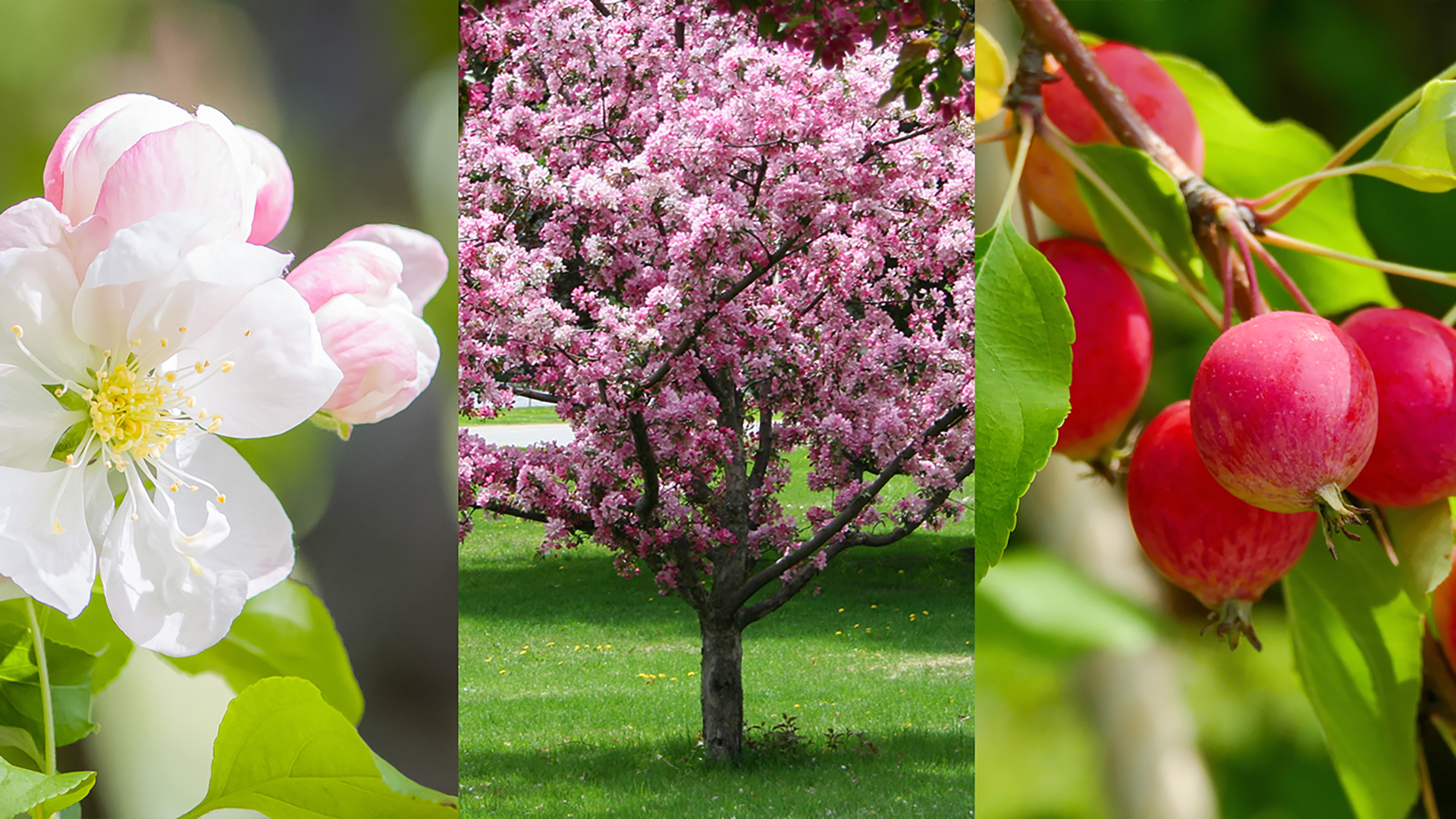

Discovering how to plant crab apple trees will prove to be a transformative asset to your gardening know-how. Crab apple trees are characterized by two stunning phases. The first is in the spring, where the tree erupts in a profusion of beautiful pink and/or white blooms.
The second comes when this pretty, fragrant blossom slowly transforms into tiny apples come fall. Depending on the variety of tree these will either be yellow; orange or bright red. Around the size of a cherry, these sour-tasting edible fruits can be eaten, preserved or left for the wildlife to enjoy.
A brilliant addition to your backyard ideas, crab apple trees are a beautiful tree that adds not only ornamental value but also offers great benefits for wildlife, from their pretty, pollen and nectar rich flowers to their delicious fruits. In fact, we'd go as far as saying they are amongst the best fruit trees you can plant.
'A crab apple is a tree for all seasons. In spring it gives blossom, in summer shade, and in fall it bears small apples. Crab apples with yellow apples, like Golden Hornet and scarlet John Downie, are the best varieties to make jelly from,' says Marylyn Abbott, gardening author and owner and creator of West Green House Garden.
How to plant crab apple trees
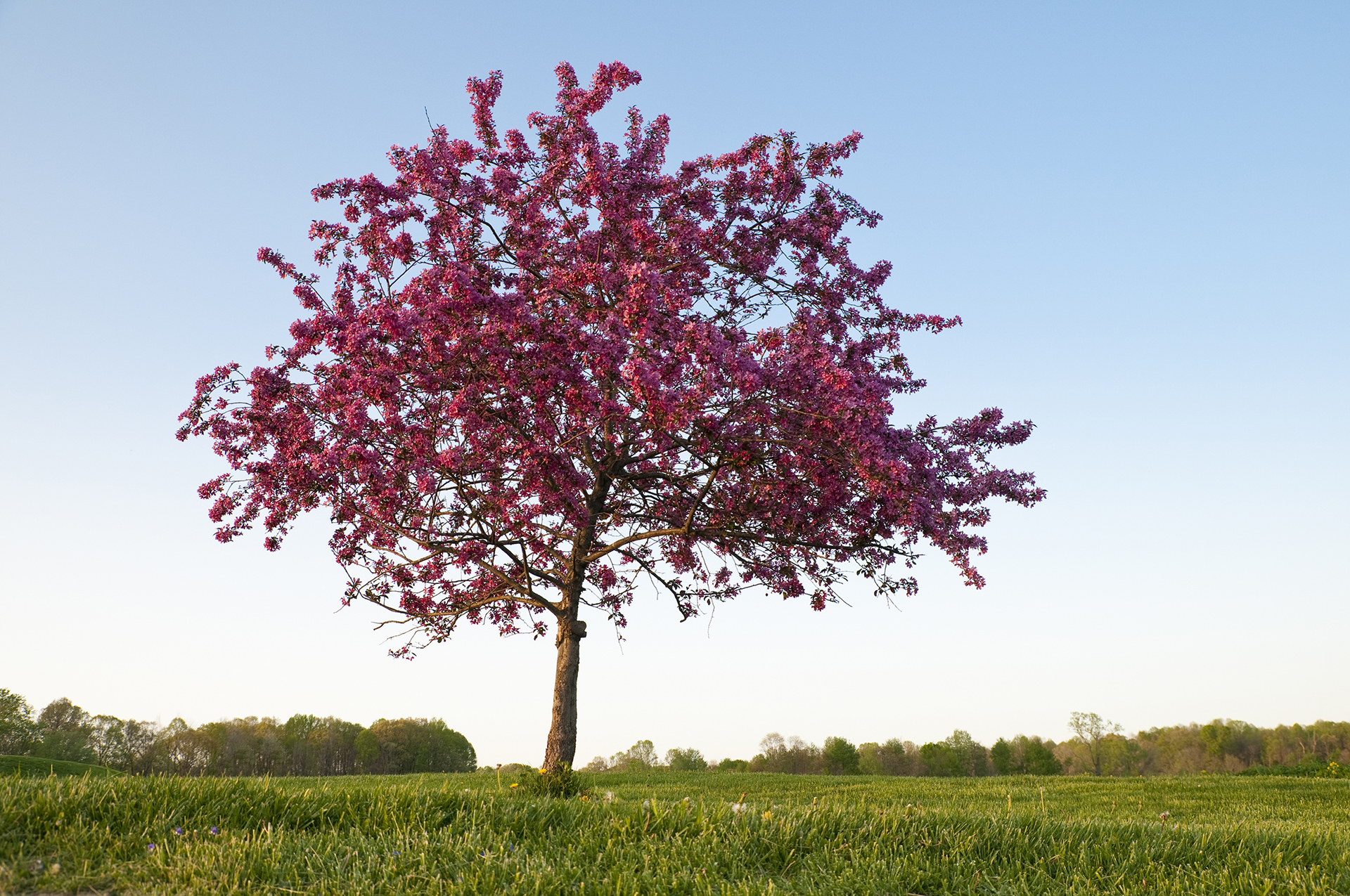
When researching how to plant crab apple trees, it is important to first learn how to plant a tree which will provide you with the basic information to get started. Also researching how to grow a fruit tree will further help to inform your planting process.
Learning how to plant crab apple trees is fairly straightforward and something that will quickly become a beautiful and valuable addition to the garden – in fact, crab apple trees are one of the best trees for autumn color.
Pick your crab apple tree
The variety of crab apple tree that you decide to learn how to grow will largely depend on your garden and your personal preferences, namely flower color and fruit color.
Crab apple trees are one of the best trees for small gardens and there are compact varieties such as 'Wisley Crab' that are less than 15ft tall. Once you've decided on your variety, your next step is to purchase your tree.
When looking for a crab apple tree it is best to go to a nursery to see your potential tree in person. Inspect the tree for any signs of wounds, drooping leaves or unusual spots or marks across the leaves as these can indicate infection or disease. Also look at the tree's profile, opt for a tree with a straight trunk as this will be easier to train to grow into a straight tree.

Choose the best location to plant a crab apple tree
There are several factors to consider when researching the best location for planting crab apple trees. 'Crab apples like a sunny spot with moist, well-draining soil, and will grow well in containers,' says Period Living gardening expert Leigh Clapp, and as such crab apple trees are a great addition to container garden ideas.
However, if you are battling clay soils then don't worry as crab apples are also one of the best trees for clay soil.
Dig a hole
If you're looking for how to plant crab apple trees, then this is where the practical planting begins.
Learning how to plant crab apple trees is very similar to learning how to plant apple trees . Crab apples are best planted as bare root varieties and as such you should plant your crab apple tree between November and March. If you have never grown a tree from bare root, then be sure to read up on how to plant bare root trees before you begin.
Having selected the location, dig a hole wider than the trees pot or root spread – doing so will encourage your crab apple trees roots to spread out and as such result in a more stable and sturdy plant.
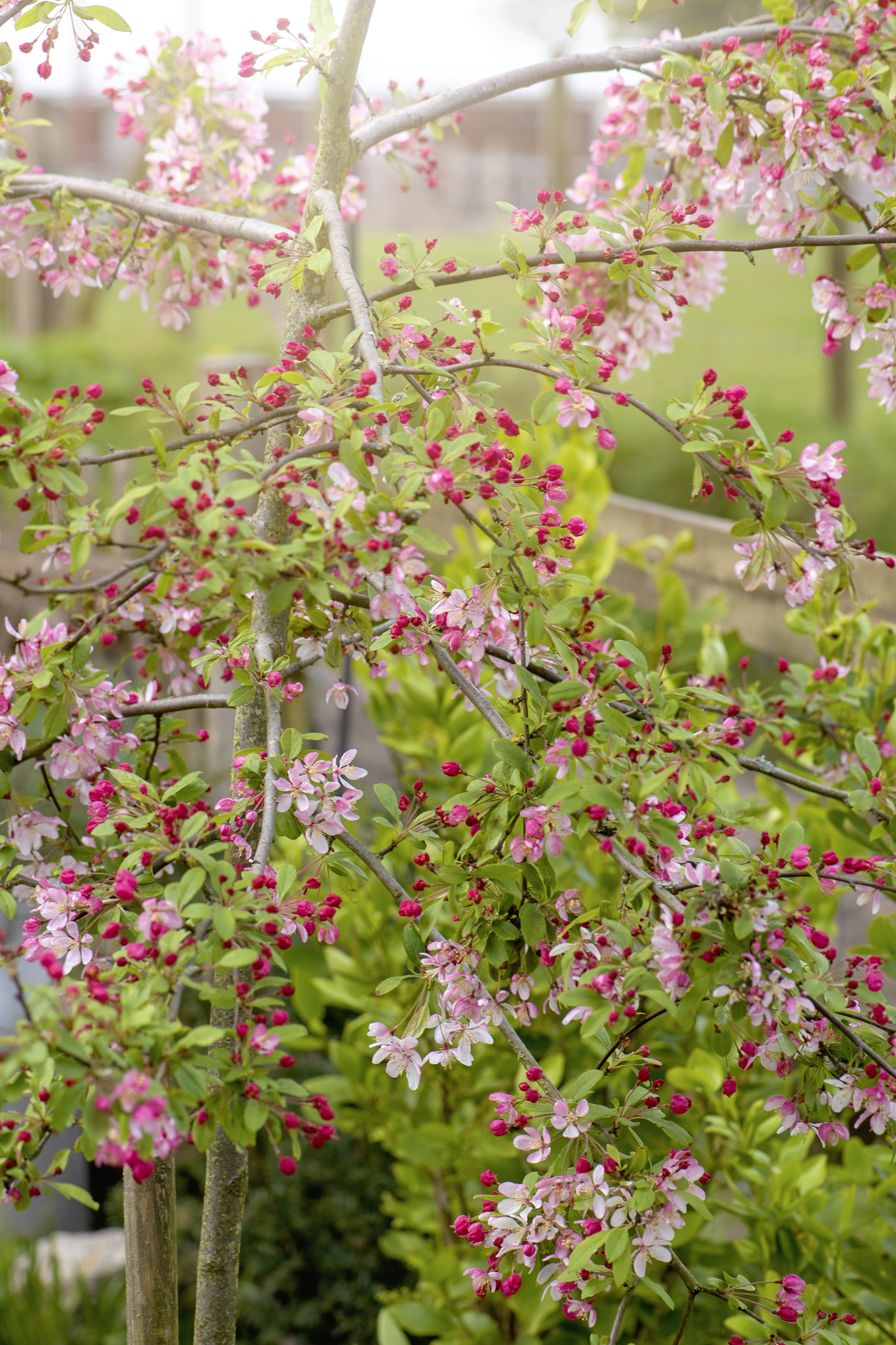
Stake the crab apple for support
Staking is essential when learning how to plant crab apple trees as it will support the tree and help it to grow upright. Be sure to insert your stake before planting your crab apple tree to avoid damaging the trees roots. Position your stake just off-center of the planting hole and hammer into place.
Fill in and firm
The final step in learning how to plant crab apple trees is putting the tree into the hole. Having placed your tree in the center of the hole, then fill in with soil. 'Plant your crab apple tree slightly proud of the surface to create a bit of a cone of soil around the trunk,' recommends gardening expert Monty Don in this Gardener's World video.
Having firmed in the crab apple tree, then tie the tree to the stake using a tree tie – this step is essential to get right as if you tie it too tightly then the tie will rub the tree and can cause wounds that may introduce infection.
Once secured and the soil is firmed in, give your crab apple tree a generous watering and then cover the top of the soil with a layer of mulch.
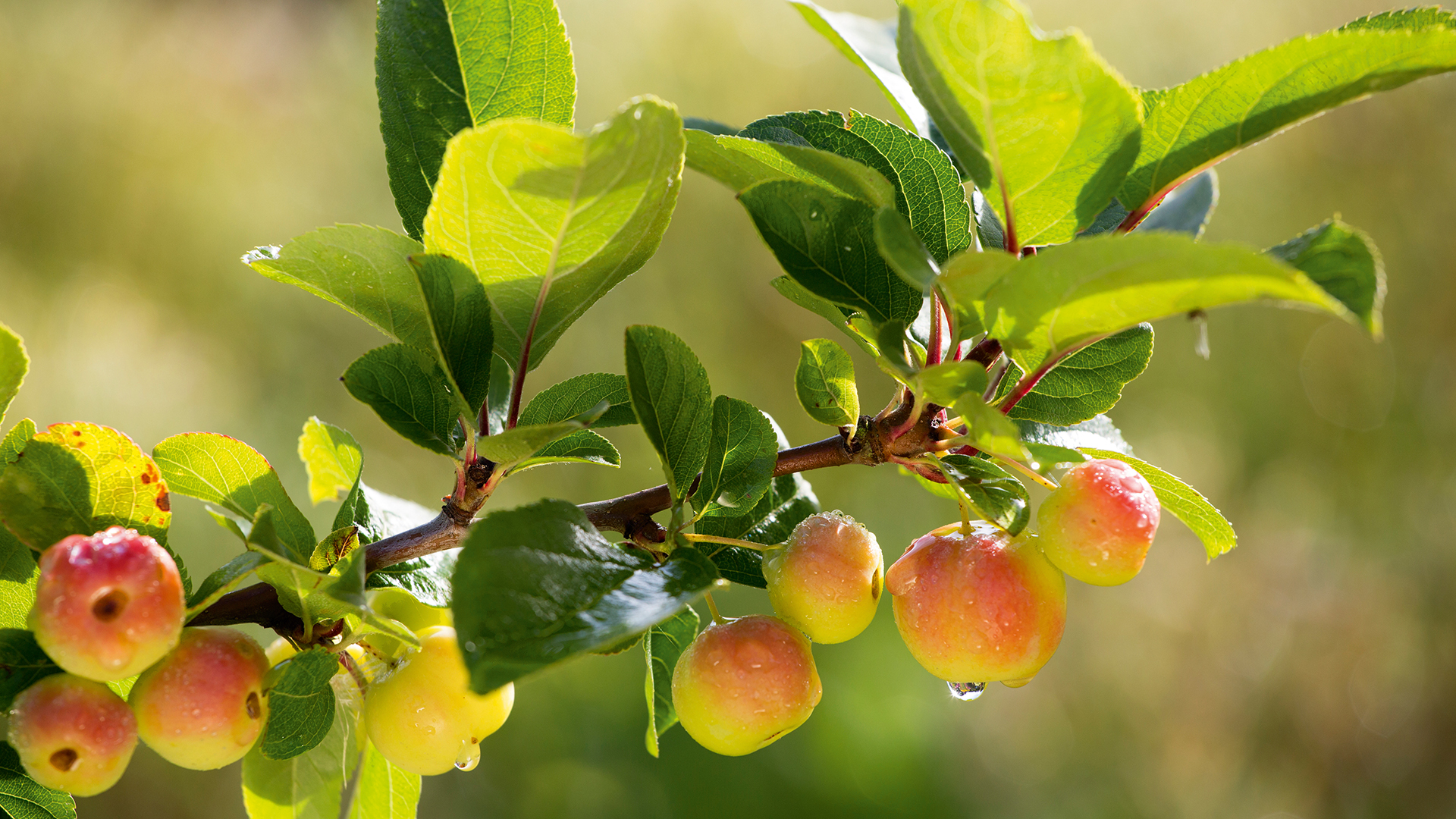
Why should you plant a crab apple tree?
You should learn how to plant crab apple trees as it will add character and personality to your plot. A great addition to wildlife garden ideas the flowers are a great source of nectar for bees and other pollinators – in fact they are one of the best flowers for bees – while their fruits are very popular with birds and a great addition to the garden for feeding birds in winter. On top of their wildlife credentials, both the flowers and the berries are very pretty in their own right.
As an ornamental tree which also produces edible fruit, crab apple trees are also a great variety of tree to add to cottage garden ideas. While the fruit itself is quite bitter if eaten straight from the tree, it is delicious if cooked with and can be transformed into delicious crab apple jelly – perfect for helping you to bring a bit of the homesteading life to your garden.
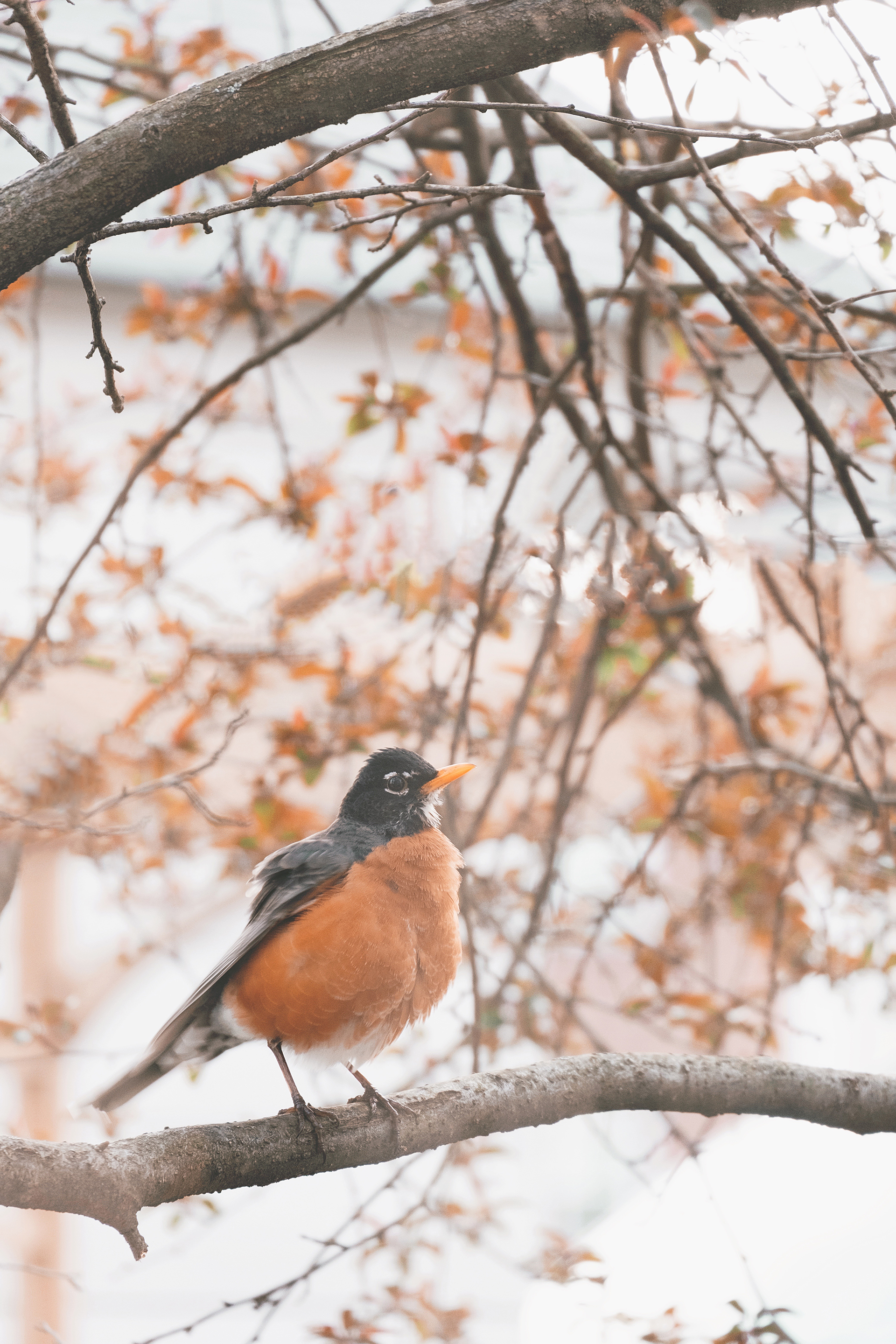
How to plant crab apple trees as a companion plant
If growing traditional edible apple trees, a crab apple tree is a perfect companion as a crab apple tree will pollinate with most varieties of edible apple. Should you want to learn how to plant crab apple trees as a way to help pollinate apple trees, it is also important that you research how to plant apple trees to ensure the health and productivity of your orchard.
‘Crab apple trees, both ornamental and edible, are susceptible to the same set of diseases as apple trees. For this reason, it is important to shop for disease resistant varieties if you will be planting your crab apple trees within 100 ft of an apple tree,’ says Diane Kuthy a professional gardener, homesteader, and CEO of How To Grow Everything.

How to keep your crab apple tree healthy
Crab apples are prone to several diseases but thankfully there’s lots of things you can do to reduce the risks. ‘One of the most common diseases is cedar apple rust. To prevent this, don't plant cedar or barberry plants the same landscape as your crab apple trees,’ recommends botanist and founder of IQMOP Brad Biren. ‘To prevent bacteria and viruses, rake underneath the tree and collect all apples that have fallen. Fallen apples rot and encourage pathogens to infect the mother tree by using the apples, with little to no immune system, to springboard on to the parent tree.’

What can I plant under crab apple trees?
You can plant primroses, hostas and both spring and fall bulbs under crab apple trees and they will create a beautiful display that will perfectly complement your tree. There are also plenty of different options for landscaping around trees that will result in beautiful backyard ideas.
'Crab apple trees covered in bee-attracting blossom or colored fruit look wonderful in a copse underplanted with woodland favorites,' recommends Period Living's garden expert Leigh Clapp.
Can you eat crab apples right off the tree?
Yes, you can eat crab apples right off the tree, though unlike traditional eating apples they won't be particularly delicious and are rather bitter. However, it is a different story when they are used for cooking - crab apple jelly is particularly delicious and lots of people learn how to plant crab apple trees just so that they can make their own jelly.
On the other hand, lots of people just grow crab apple trees for their ornamental value as their apples provide a beautiful pop of color through the colder months.
Sign up to the Homes & Gardens newsletter
Design expertise in your inbox – from inspiring decorating ideas and beautiful celebrity homes to practical gardening advice and shopping round-ups.

Having graduated with a first class degree in English Literature, Holly started her career as a features writer and sub-editor at Period Living magazine, Homes & Gardens' sister title. Working on Period Living brought with it insight into the complexities of owning and caring for period homes, from interior decorating through to choosing the right windows and the challenges of extending. This has led to a passion for traditional interiors, particularly the country-look. Writing for the Homes & Gardens website as a content editor, alongside regular features for Period Living and Country Homes & Interiors magazines, has enabled her to broaden her writing to incorporate her interests in gardening, wildlife and nature.
-
 Martha Stewart's intelligent cabinets 'take every inch into consideration' – their 'visually light' style will solve your small kitchen storage problems
Martha Stewart's intelligent cabinets 'take every inch into consideration' – their 'visually light' style will solve your small kitchen storage problems'Every kitchen can be beautiful and functional, no matter what the size': 9 years since sharing her clever storage, Martha's cabinets are just as beautiful
By Megan Slack Published
-
 This once-dated kitchen is now a timeless space with the coziest details – and its the classic color palette that's made it a chic, welcoming space
This once-dated kitchen is now a timeless space with the coziest details – and its the classic color palette that's made it a chic, welcoming spaceWarming colors and natural materials combine to create this enduringly classic kitchen scheme
By Molly Malsom Published